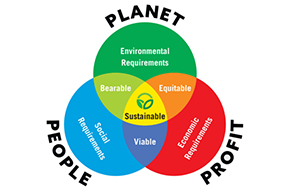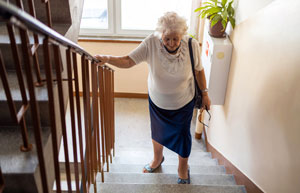Community Adaptation Strategies
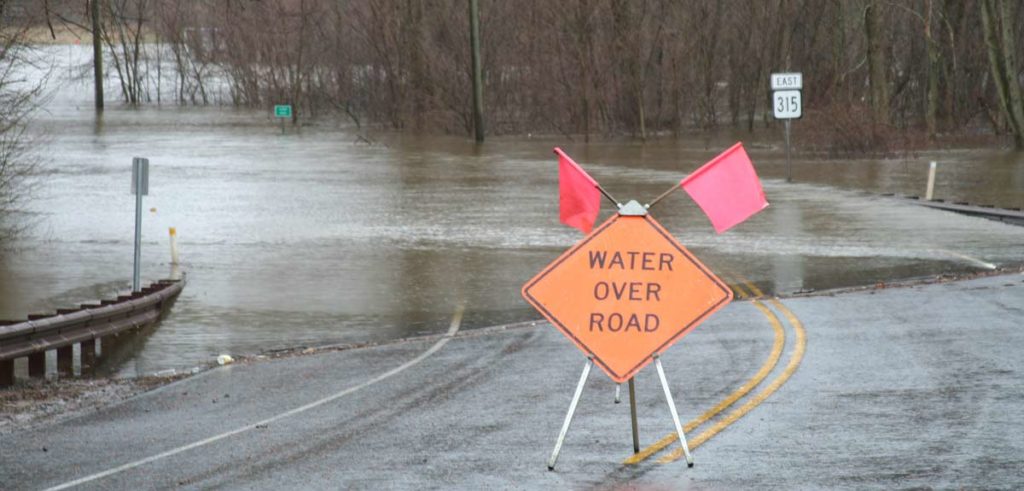
Extreme heat and large, prolonged fires in the west. A 500-year flood in Southeast Michigan and intense bursts of rain to flood again weeks later. Hurricane season lasting longer. Record-breaking rain in Tennessee washing away homes, businesses, and lives. More frequent and prolonged deep freezes. Algal blooms disrupting water supplies. A global pandemic…
These events have many communities considering how to prepare for weather and climate-related shocks and stressors, as well as consider economic and health plans to protect residents, prevent losses and damage to property, and survive through and learn from challenging events.
Fortunately this type of planning can be easily embedded into the process of reviewing and updating master plans.
This newsletter is the first in a two-part series that discusses the connection between the master plan and sustainability. Part 2 will discuss specific strategies worth adding to community Master Plans and Zoning Ordinances.
Sustainability or Resiliency? What’s the difference?
SUSTAINABILITY is the more familiar, well-established concept that focuses on decreasing or eliminating the detrimental future impacts of our current activity.
RESILIENCY recognizes that our built environment will be subject to stresses and is the practice of designing that environment in a way that can endure those stresses. Planning for resiliency must consider that some threats are ongoing, persistent stresses, while others are sudden shocks or single events that disrupt the day-to-day functioning of the community.
HOW ARE RESILIENCY AND SUSTAINABILITY RELATED? Resiliency and sustainability go hand-in-hand.
In short, not acting sustainably today harms our ability to be resilient in the future. Communities need to be resilient to both persistent stressors as well as acute, disruptive shocks that must be managed in real-time and recovered from after the event. A sustainable community seeks policies and solutions that focus on environmental, social, and economic aspects simultaneously.
(Lack of) community preparedness. Many communities have not been focused on issues of sustainability and resiliency explicitly, although they have often been implied goals of master plans. This lack of dedicated thought and conversation can be problematic when an adverse event does occur, leaving a community unprepared and therefore facing worse effects if early mitigation was done through sustainability actions. Despite repeated shocks, many communities only take short-term actions. Yet, communities that implement sustainability plans, whether as stand-alone plans or part of the master plan, are more than twice as likely to implement sustainability actions in the years following the plan’s adoption compared to those without a plan. These actions promote resiliency, improve quality of life and equity, and help ensure a thriving community.
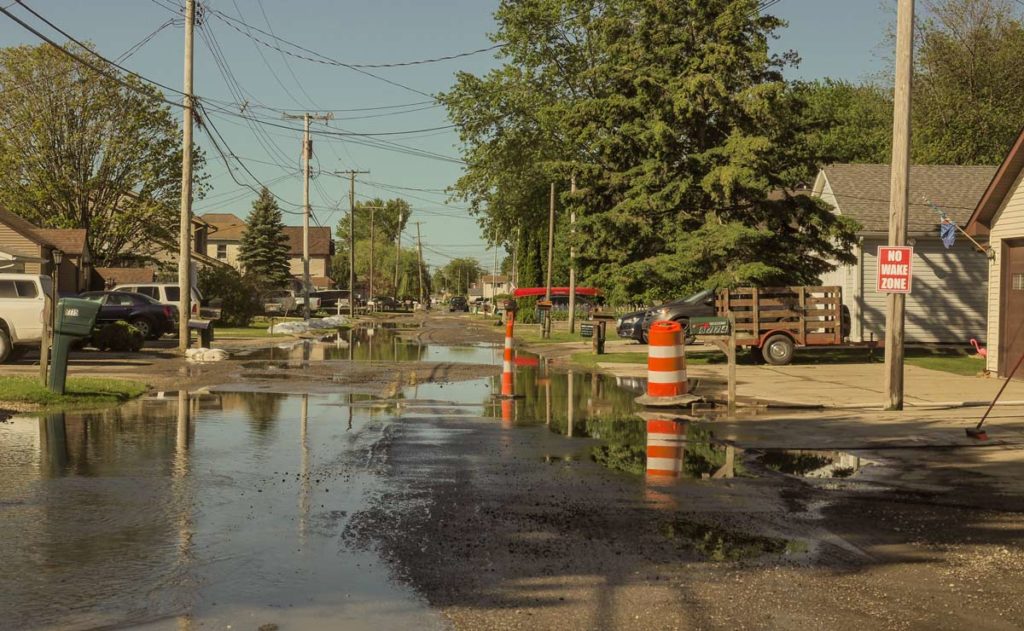
Incorporating sustainability goals in the Master Plan. There are many reasons that master plans and planning for sustainability are complementary.
- The master plan is a legal guidebook for community development, providing the legal basis for zoning regulations, capital improvements, and other land-use and environmental regulations that can include sustainability initiatives.
- The master plan is the only tool intended to influence the future of communities that is required to set community-wide goals, seek citizen input for goal development and monitoring, identify priorities, and assign tasks for implementing its proposals. This community-based planning provides support for implementing sustainability initiatives.
- Including sustainability goals in the master plan provides transparency for residents, local businesses, and organizations about land use and development of public facilities, making their planning more efficient.
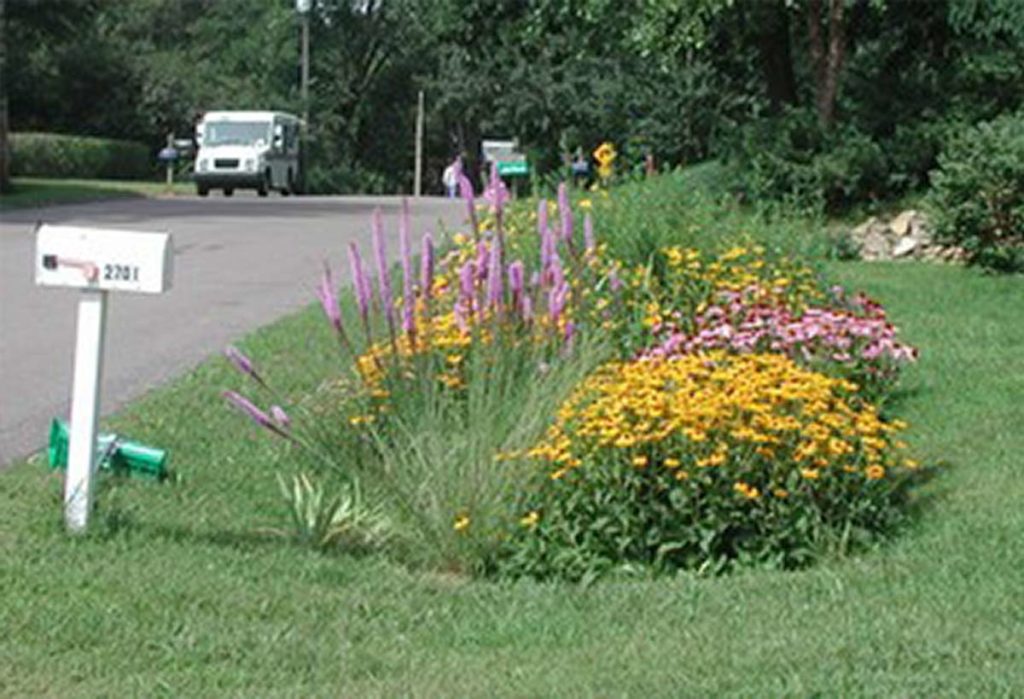
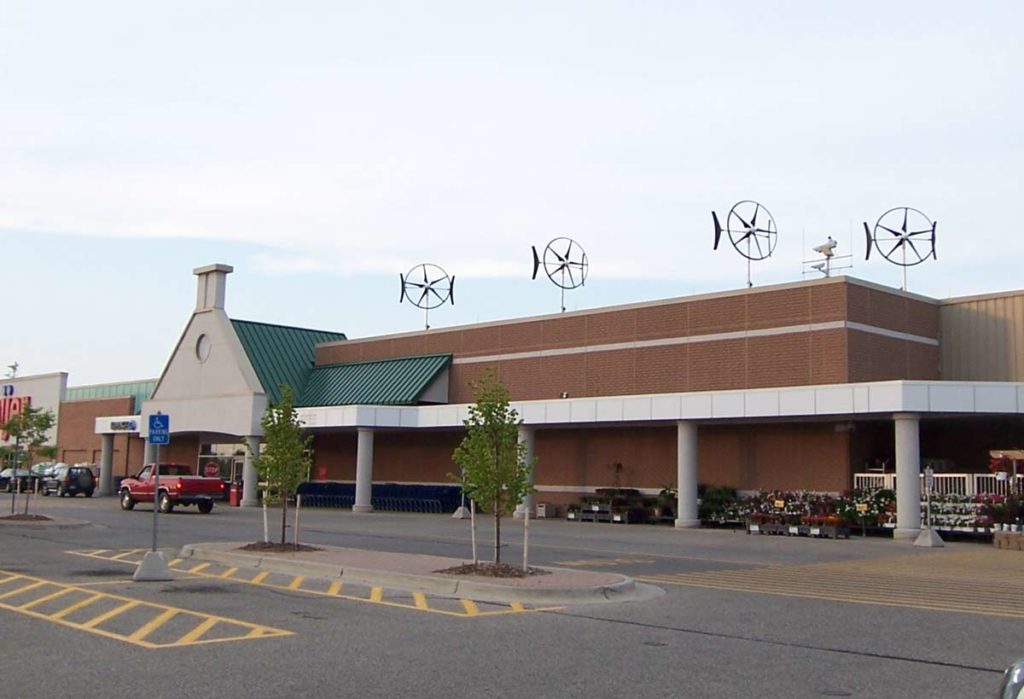
The Master Plan review and updating process can help identify areas where communities are already prepared for challenges, areas to improve preparedness and ways today’s activities could be improved to reduce future impacts. These resilience and sustainability suggestions can be incorporated into other community goals and needs, such as infrastructure updates and land use considerations. Additionally, the Master Plan often includes an analysis of where those who may be most affected by a long-term stressor or acute shock (i.e., vulnerable populations) are located as well as community assets. Knowing the location of vulnerable populations such as those from low-income households, the elderly or young, and those disabled can help prioritize areas to strengthen infrastructure and resources to help ensure no one is left behind during a worst-case scenario.
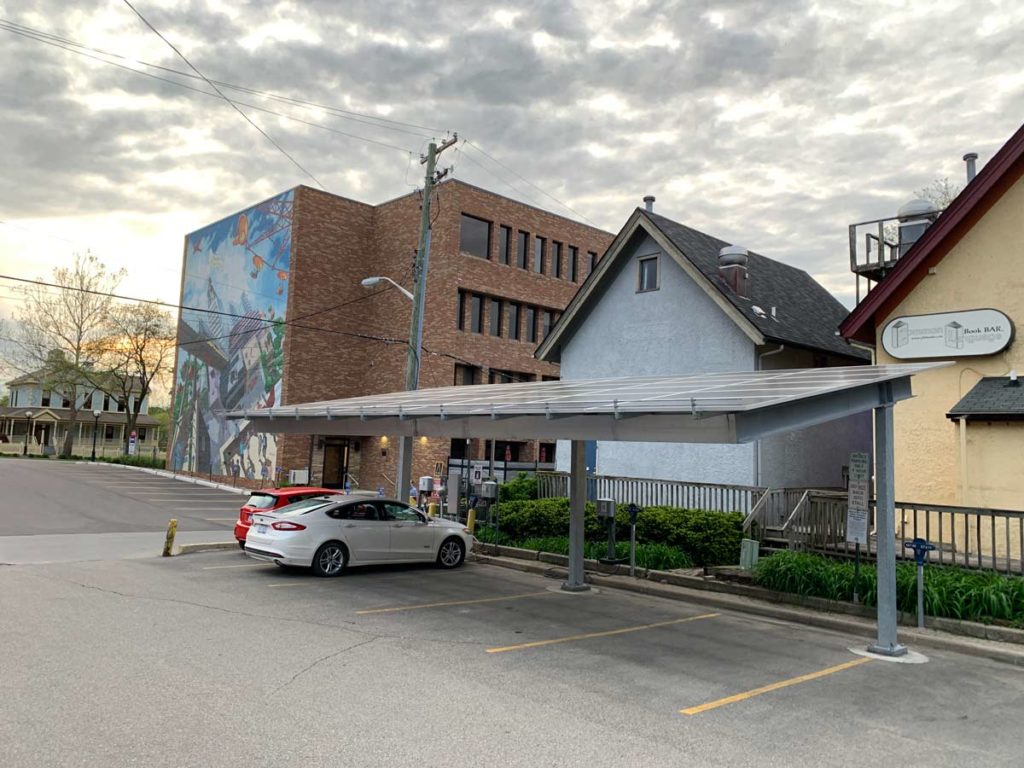
The Master Plan and Sustainability Audit. Because the Master Plan is implemented in smaller increments over short-, medium-, and long-term timelines, there are opportunities for communities to carefully consider what conditions may promote or hinder resiliency and ways communities can improve the sustainability of their activities. A sustainability audit can serve as an implementation tool following a new or updated Master Plan. To complete the audit, the zoning ordinance is carefully reviewed for the current ordinance’s potential to positively impact the environment, social, and economic aspects of the community.
Giffels Webster News
OCTOBER IS COMMUNITY PLANNING MONTH! For the past few years, the team at Giffels Webster has been actively engaged with the American Planning Association’s annual October celebration of community planning. We couldn’t agree more with the APA when they say, “Planners work to improve the well-being of all people living in our communities by taking a comprehensive perspective. This approach leads to safer, resilient, more equitable, and more prosperous communities. We celebrate the role that planning plays in creating great communities each October with National Community Planning Month.”
#GWPlanning21 Photo Contest

Join us in celebrating Community Planning Month by looking for things in your community that relate to community planning. We’ll have a winner each week! Share your photos on social media using hashtag #GWplanning21
October 1-7: Wayfinding Signs
October 8-14: Neighborhoods
October 15-21: Business Districts
October 22-28: Parks
Giffels Webster has been dedicated to making communities better for over 65 years, specializing in community planning, civil engineering, landscape architecture, Geographic Information Systems, traffic engineering, and surveying.
For more information, please call Giffels Webster at 866.271.9663 and visit www.giffelswebster.com.
